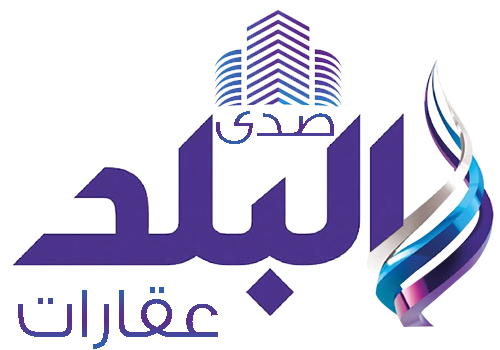Lit. General Engineer Kamel El-Wazir, the Deputy Prime Minister for Industrial Development and the Minister of Industry and Transport, attended the momentous contract signing for the financing, design, construction, exploitation, and maintenance of the dry port and logistics zone in the 10th of Ramadan City.
This agreement represents a public-private partnership between the Egyptian Ministry of Transport and the Swiss company Medlog, the logistics arm of MSC, the world's largest shipping line. Medlog won the international tender competing against four other global consortiums.
The contract was officially signed by Engineer Said Metwally, Chairman of the General Authority for Land and Dry Ports, and Mr. Domenico Zanon, CEO of Medlog.
The Deputy Prime Minister highlighted that this project is a cornerstone of the Ministry of Transport's strategy to transform Egypt into a regional hub for transport, logistics, and transit trade following directives from President Abdel Fattah El-Sisi.
This ambitious plan includes the establishment of 32 dry ports and logistics zones across the country and the development of seven integrated logistics corridors to connect industrial, agricultural, and mining production areas with seaports.
These corridors are poised to transform the nation's transport landscape by connecting Red Sea ports with Mediterranean ports and catering to emerging urban communities.
The extensive network includes both diesel and electric express trains and major roadways. This sweeping infrastructure development aims to significantly boost the efficiency and capacity of logistics services throughout Egypt
The dry port and logistics zone in the 10th of Ramadan City, spanning 250 acres, is strategically divided into two zones: 130 acres designated for the dry port and 120 acres for the logistics zone.
This project is expected to play a pivotal role in serving the industrial area of the 10th of Ramadan City facilitating trade, reducing congestion at seaports, and improving the quality of logistics services. Additionally, it will help lower transportation costs, streamline the movement of goods between manufacturing and consumption points, and minimize negative environmental impacts.
The project also aims to reduce the time and procedures required for inspection and customs clearance, achieve economies of scale in distribution for end-users due to efficient rail connectivity, and decrease accidents on national roads and in urban areas, thereby creating numerous job opportunities.
Moreover, the dry port's advantageous location positions it as a natural extension of Egypt's main container ports. It will cater to consumption centers in Greater Cairo and neighboring industrial areas, significantly enhancing the efficiency of Egypt's logistics supply chains.
The project's connectivity to seaports (Ain Sokhna on the Red Sea, Port Said, Damietta, and Alexandria on the Mediterranean) through the road and railway networks, including the Robiki/10th of Ramadan/Belbeis line.












